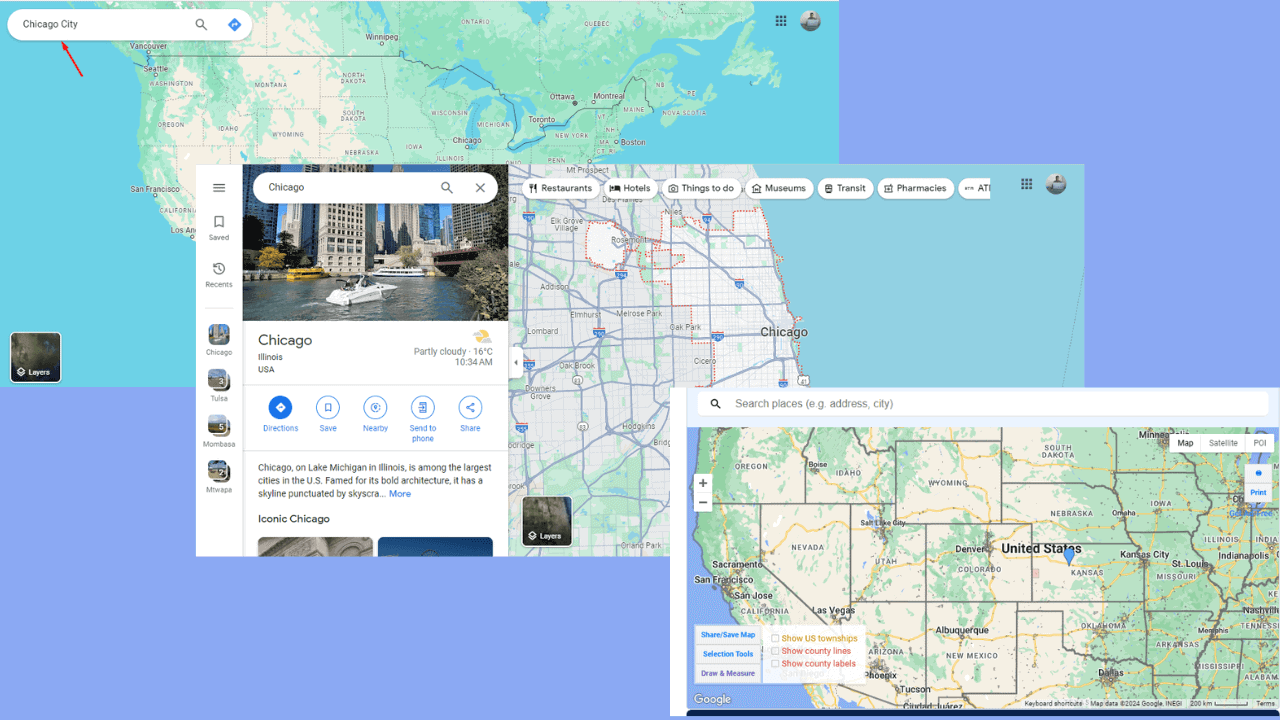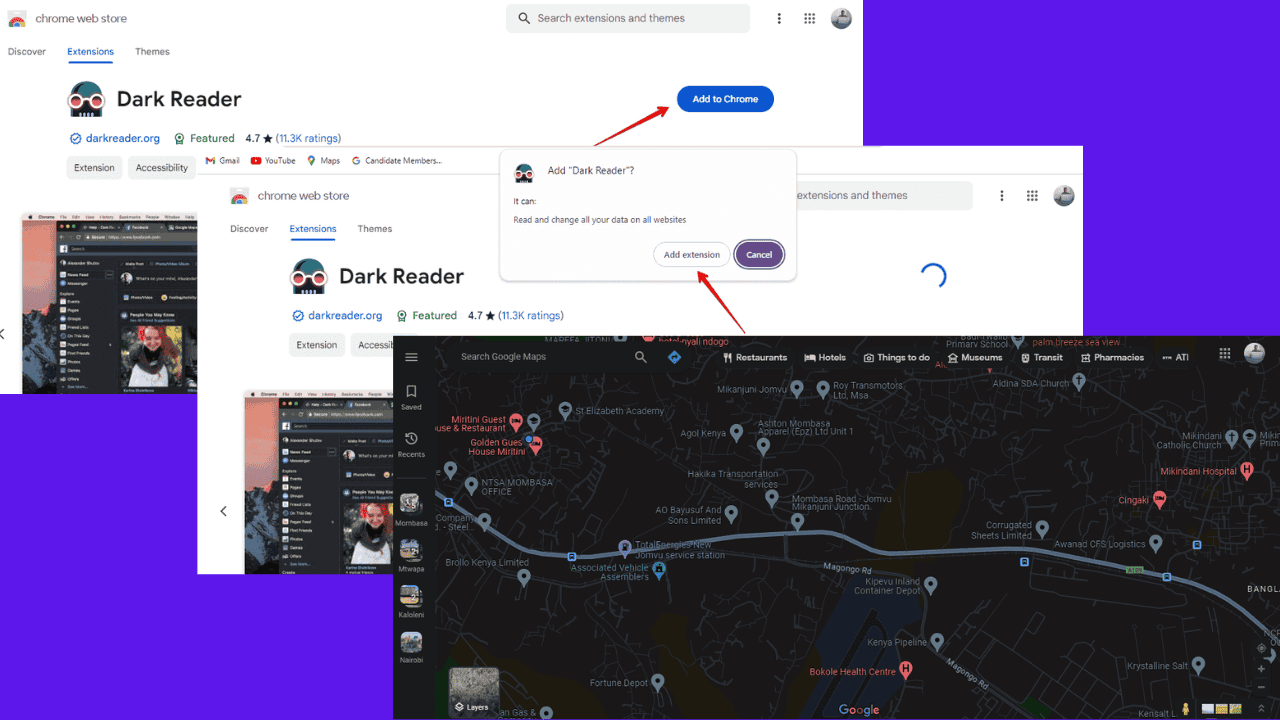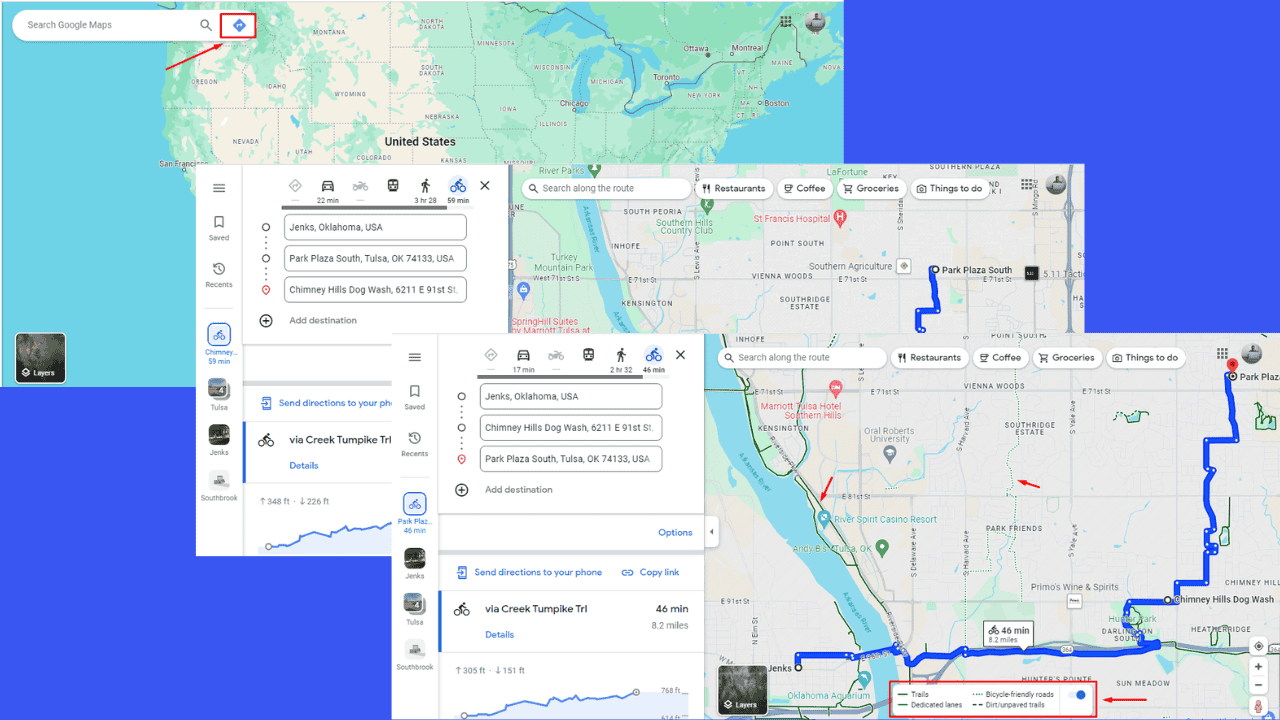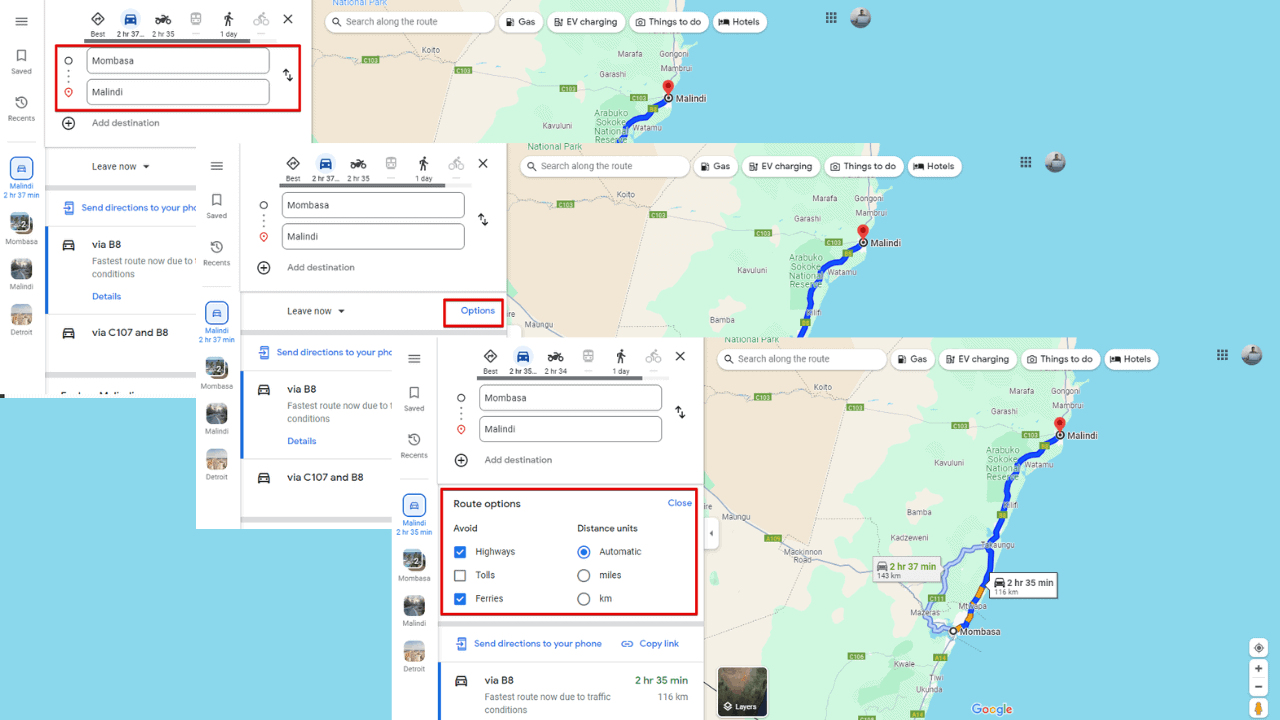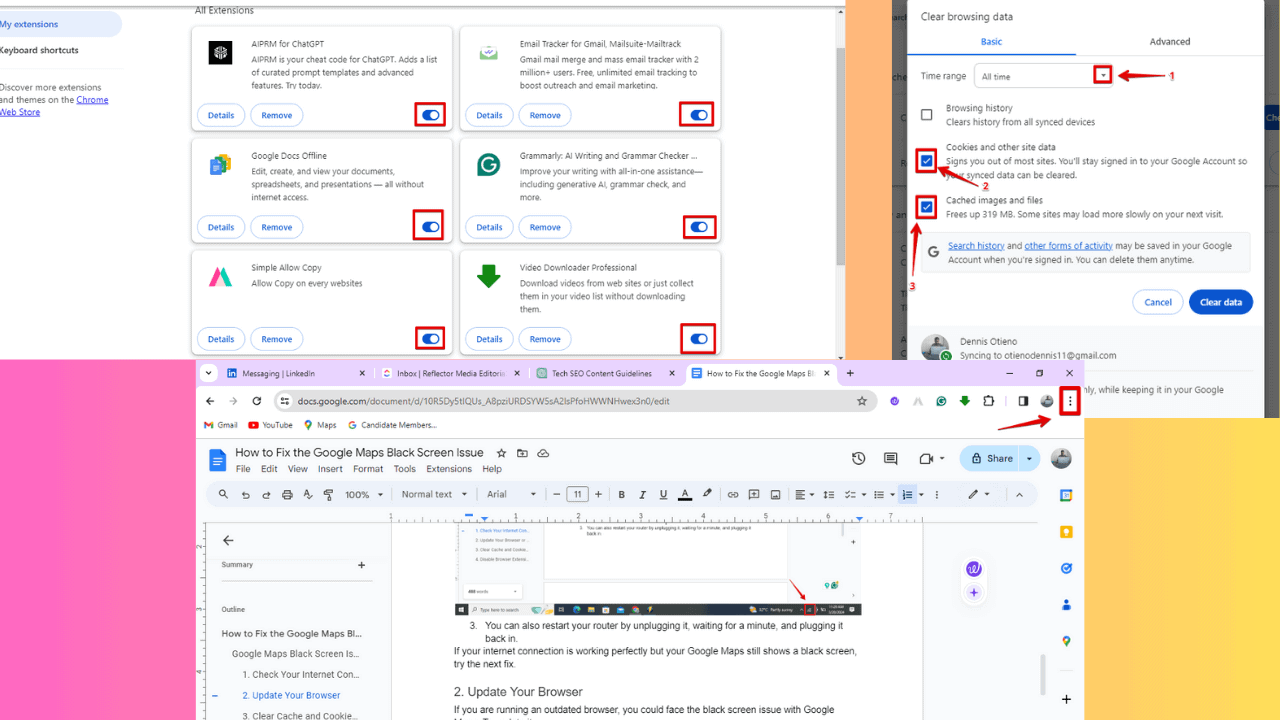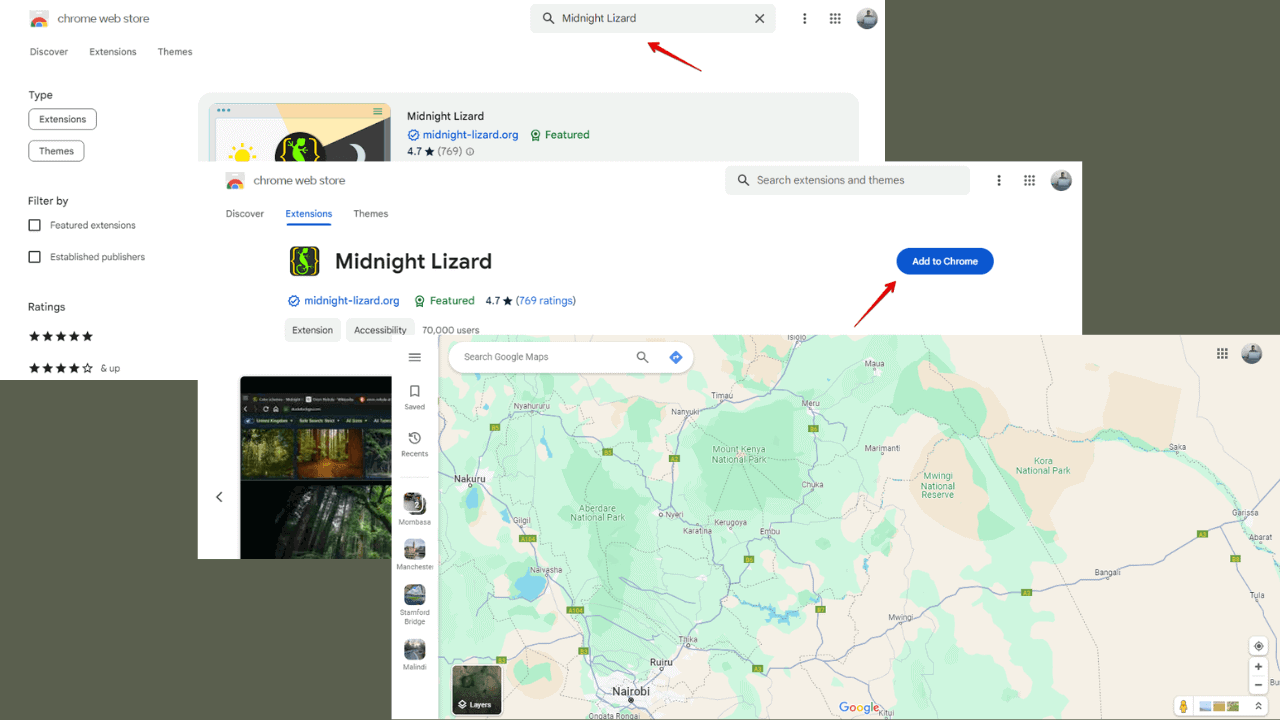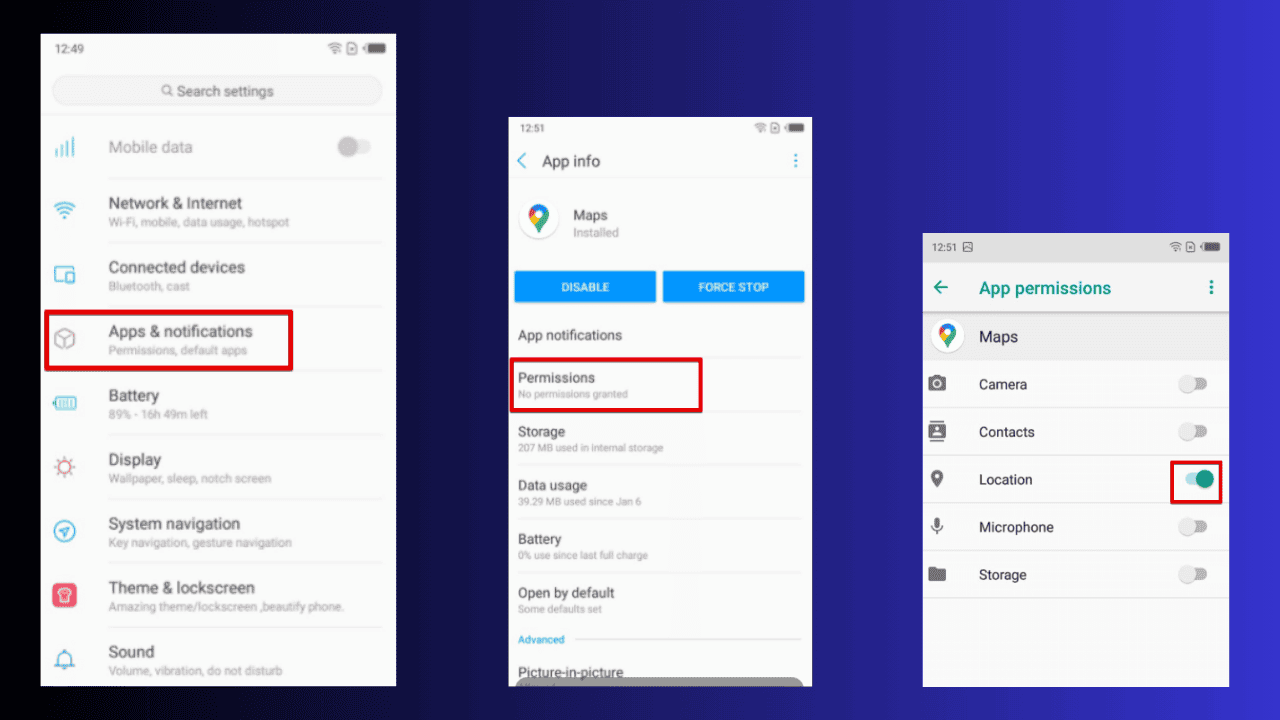A man used 99 phones on a cart to create virtual traffic jams on Google Maps
2 min. read
Published on
Read our disclosure page to find out how can you help MSPoweruser sustain the editorial team Read more

Technology has come a long way since the 90s and today we rely on everything from GPS to the Internet to get real-time information that is used to make vital decisions. While technology has changed our lives for good, it’s not foolproof and a recent experiment shows just that.
An artist named Simon Weckert loaded 99 smartphones on a wheelbarrow and circled around the streets of Berlin. The phones used GPS and location services and were connected to Google Maps. As a result, Google Maps thought there was increased traffic activity on certain streets and since the phones were moving slowly, Maps assumed there was a massive traffic jam.
This trick worked because Google Maps uses real-time data broadcasted by Android smartphones to identify traffic activities. When Maps notices a huge chunk of smartphones in a particular area that are stationary or are moving slowly, it marks those streets as traffic jams. You might think that a company like Google must have certain measures in place to identify tricks but it doesn’t and that was confirmed by a Senior Software Engineer for Google Maps.
https://twitter.com/torreyh/status/1224032739713634305
Unfortunately, this experiment exposes one of the Achilles heels of crowdsourced data. While we can’t personally verify the experiment, it does show why you should not follow Google Maps to the teeth. Google Maps or any Maps, rely on crowdsourced data which can be inaccurate at times so it’s always a good idea to use Maps as a guide to help you around the city and not get completely dependent on it.

